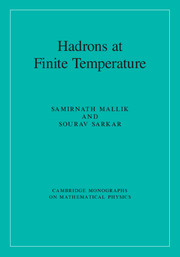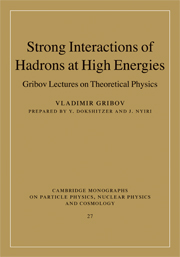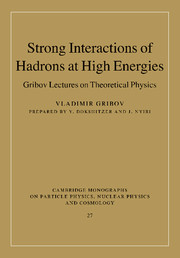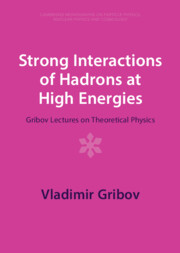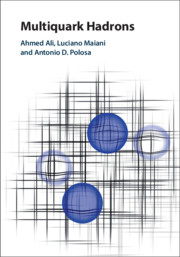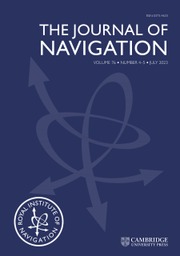Hadrons at Finite Temperature
High energy laboratories are performing experiments in heavy ion collisions to explore the structure of matter at high temperature and density. This elementary book explains the basic ideas involved in the theoretical analysis of these experimental data. It first develops two topics needed for this purpose, namely hadron interactions and thermal field theory. Chiral perturbation theory is developed to describe hadron interactions and thermal field theory is formulated in the real-time method. In particular, spectral form of thermal propagators is derived for fields of arbitrary spin and used to calculate loop integrals. These developments are then applied to find quark condensate and hadron parameters in medium, including dilepton production. Finally, the non-equilibrium method of statistical field theory to calculate transport coefficients is reviewed. With technical details explained in the text and appendices, this book should be accessible to researchers as well as graduate students interested in thermal field theory.
- Includes results in the form of worked problems at the end of each chapter to enable students to follow calculations step by step
- A detailed set of Appendices derives all the results used in the book, keeping the book fully self-contained
- Focuses on the real-time method of thermal field theory, making it a useful resource for both students and researchers working within the high energy field
Product details
October 2016Hardback
9781107145313
262 pages
254 × 182 × 19 mm
0.64kg
32 b/w illus.
Available
Table of Contents
- Preface
- Notation
- 1. Free fields in vacuum
- 2. Spontaneous symmetry breaking
- 3. Chiral perturbation theory
- 4. Thermal propagators
- 5. Thermal Perturbation Theory
- 6. Thermal parameters
- 7. Two-loop results
- 8. Heavy ion collisions
- 9. Non-equilibrium processes
- Appendix A. General fields
- Appendix B. Global symmetries
- Appendix C. Exponential operator
- Appendix D. Propagator at origin of coordinates
- Appendix E. Reaction rates in vacuum and medium
- Appendix F. Coupling constants
- Appendix G. Imaginary time method
- Appendix H. Quark condensate from partition function
- Appendix I. Quark condensate from density expansion
- Index.

